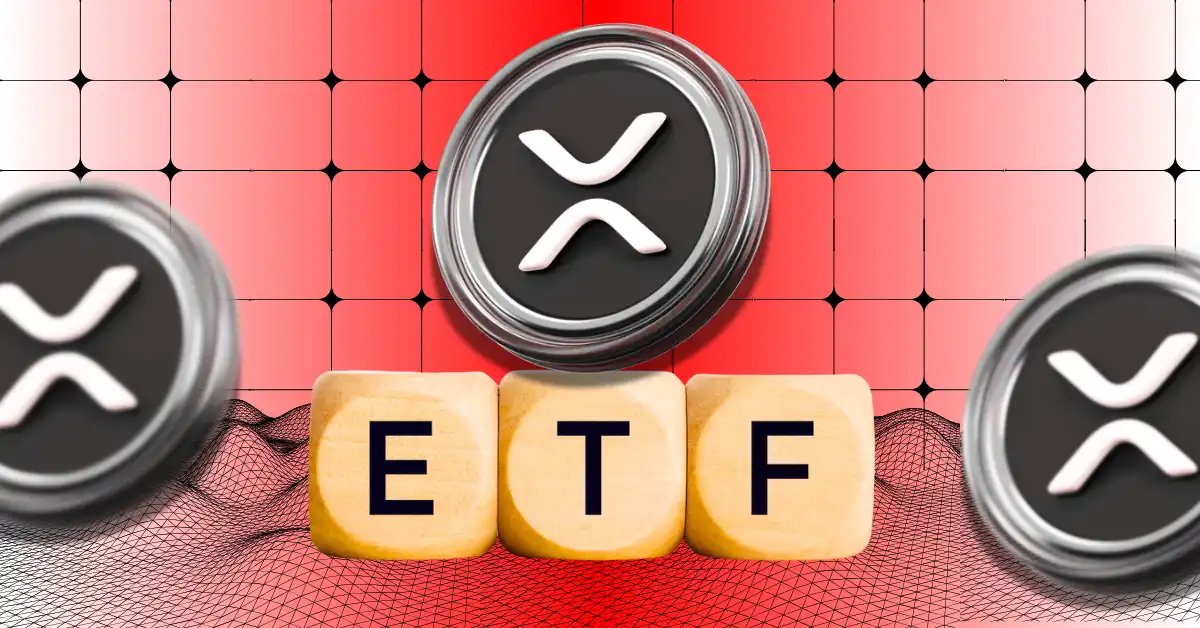The ongoing debate over Bitcoin’s current cycle trend has increased as analysts present different views on whether the asset has reached its top. A new analysis by JDK Analysis has presented the case for why the Bitcoin cycle top is not in yet.
JDK Analysis’ Bitcoin Cycle Chart tracks market trends since 2012, showing how each halving event, which reduces mining rewards, historically sets off a multi-year bull cycle. These cycles have lasted between 24 and 35 months, extending in duration with each halving as the market matures. The theory projects that the current post-2024 halving cycle could peak between late 2025 and early 2026.

The analysis shows repeating phases of accumulation, growth, and correction. Each cycle has seen three peaks, beginning with a price surge 12 to 17 months after a market bottom. The next top, analysts say, could align with Bitcoin reaching the upper boundary of its long-term “Power Law” resistance by the end of this year, a possible indicator of a coming bear market in 2026.
Structural Shifts and Market Scenarios
JDK outlined two possible paths forward. The first anticipates a classic cycle top where Bitcoin hits historical resistance before year-end, followed by a traditional downturn. The second proposes a structural shift, where Bitcoin no longer follows the four-year pattern, avoiding sudden highs or deep corrections. In this case, prices would likely consolidate through 2026.
The analysis points out that no extreme cycle has occurred yet. The researcher continues to hold long-term positions until such levels appear, identifying them as sell triggers.
On-Chain Metrics Show Market Stability
Meanwhile, CryptoQuant data affirms the case for structural growth. Exchange reserves are at decade lows, signaling reduced sell pressure and limited liquidity risk. Unlike previous cycles, long-term holders have not shown signs of panic selling, with the LTH-SOPR ratio remaining neutral. Historical examples, including crashes in 2020, 2021, and 2023, show that similar downturns often preceded renewed accumulation phases.
Moreover, analysts claim that while short-term volatility persists, Bitcoin’s underlying structure has strengthened, suggesting that the current phase represents a rebound rather than a capitulation.












